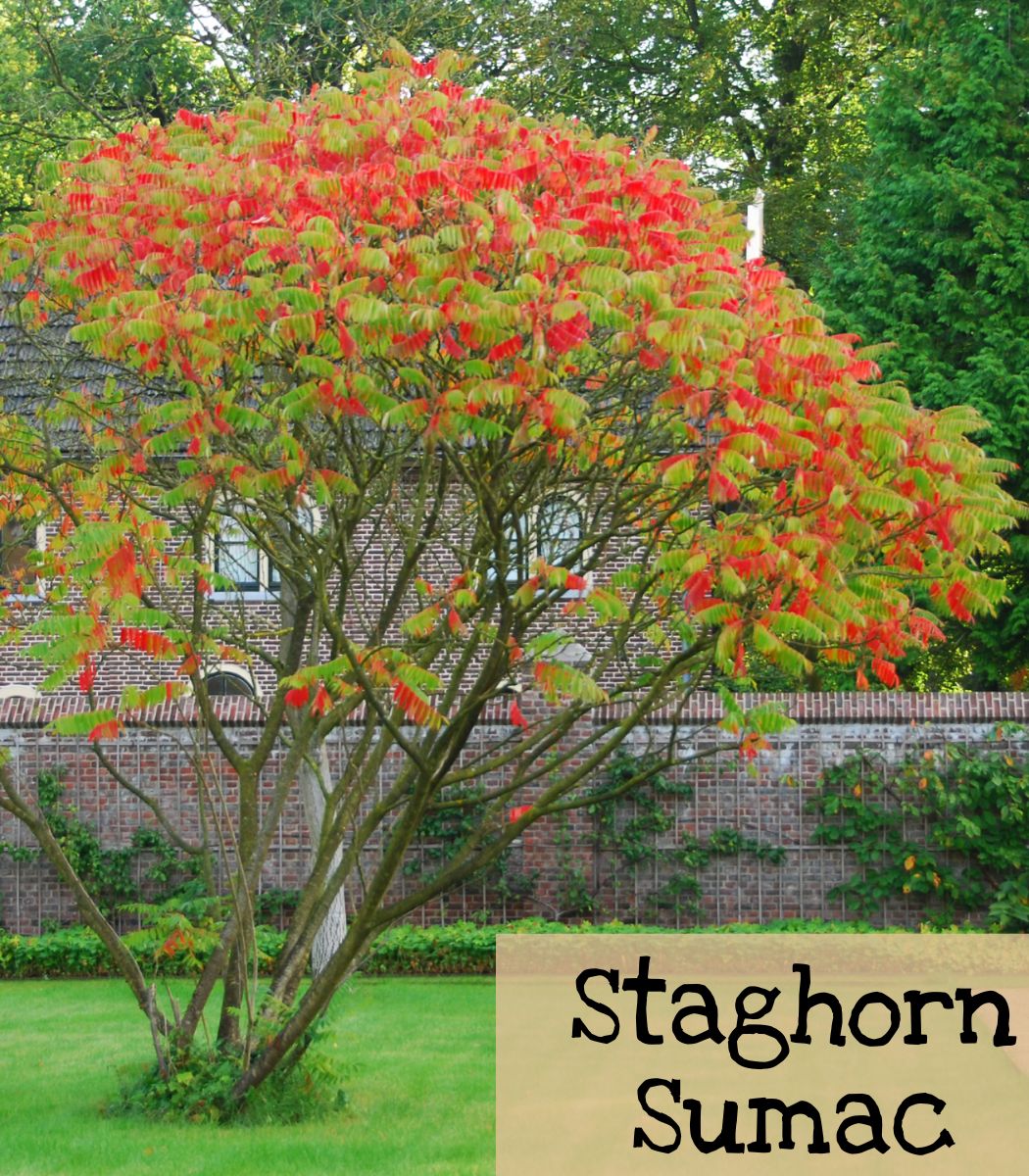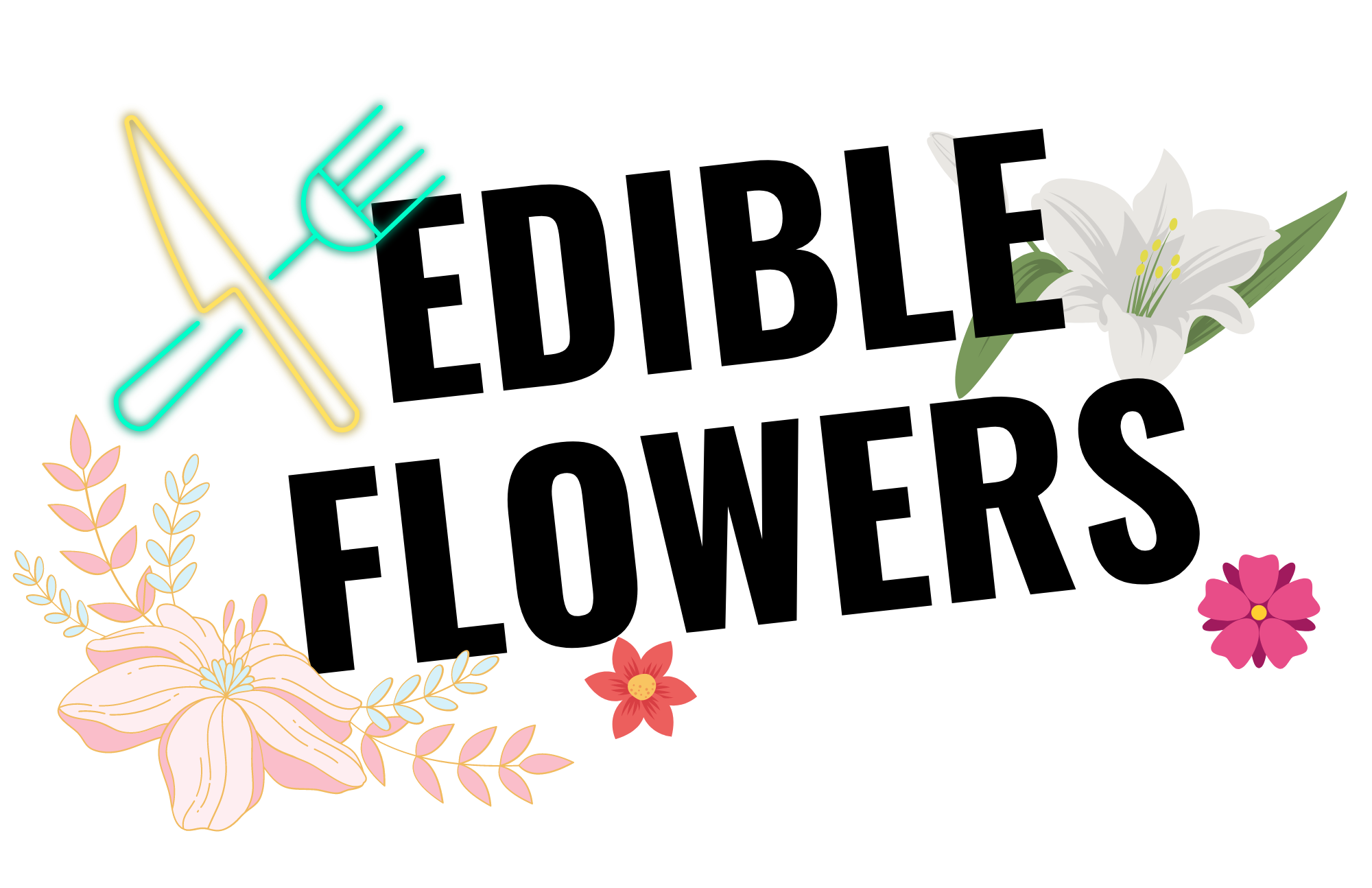
Staghorn Sumac
Staghorn Sumac is a deciduous shrub or small tree. It gets its name from the little hairs that cover the young branches like young deer horns are covered in fuzz. This variety of sumac often reaches tree size and has velvety twigs and colorful foliage in the fall. Both the foliage and the fruit are natural dyes.
|
Unknown |
|
Rhus typhina |
|
Difficult then Easy |
|
Easy |
|
Best guess 5 years |
|
lives 50-100 years |
|
Needs both male and female plants to reproduce. Male and female flowers form on separate plants. |
|
10-20 days |
|
Yes, after scarification. |
|
15-25 feet high and 10-30 feet spread |
|
Full sun |
|
June-July |
|
Special Seed Library Event: November, December, and January |
|
Yes |

Growing Tips



Native to much of the Eastern US (excluding Florida) and parts of Canada. Includes Utah, Colorado, Kansas, Nebraska, S. Dakoda, Wisconsin down to Arkansas, Alabama, Mississippi, and Georgia.

The fruit of the plant can be turned into lemonade. Soak and crush the seeds in water, strain, and then add sugar.
When to Start
Start Indoors: The best logical deduction based on the “how to grow” information is: 3-4 months before the danger of frost has passed. (January 1-February 1 for Jefferson, GA)
Transplant: After the danger of frost has passed. (May 1 for Jefferson)
Fall Direct Sow: In late fall around the first average frost date and after scarification. (Nov 1-15 for Jefferson, GA)
How to Grow
Staghorn or wild sumac should not be confused with wild sumac which is poisonous. Staghorn has red berries and poison sumac has white berries. If you are not sure which species the berries come from don’t eat them.
The seeds have a hard outer coating that makes it difficult for moisture to penetrate. This will hinder and can prevent germination. The seeds need to go through scarification and cold stratification before they will germinate. In the wild, many varieties of sumac are naturally scarified by wildfires and the stomachs of birds. So, while this first step is counterintuitive, it is necessary. Bring a pot of water to a full rolling boil. Add the seeds and turn off the burner. Once the water has reached room temperature, remove the seeds. You can also gently nick the seeds using a nail file. However, nicking them may prove to be more difficult and not as effective as boiling.)
Next, the seeds need to go through cold stratification to break dormancy. Start the seeds in seed cells. (I recommend a 3 1/2-inch deep nursery pot. See below for why.) Sow to a depth of 1/8 inch. Place the seed cells in a plastic bag. You may need a piece of cardboard under the cells to help stabilize them. Place in the refrigerator for 30-90 days. Check on them to make sure no mold is growing and that the seed starting mix remains moist. No one website agreed on the length of cold stratification. The minimum is 30 days max is 90 days.
Once the cold stratification is completed, remove the seed cells from the refrigerator and place them under grow lights.
I only found two websites that mentioned when the seeds should germinate. So, take the germination time of 10-20 days with a grain of salt or follow the second website’s time frame. It was something like “They germinate when they germinate”.
Absolutely no website mentioned how long the interval is between finishing the cold stratification and transplanting. So, this next part is strictly logical advice from me. Start the seeds in a 3 1/2-inch deep nursery pot. After the scarification and cold stratification place under grow lights. Once the plant is getting close to outgrowing the pot and/or close to getting root-bound, do one of the following. One: if the danger of frost hasn’t passed, pot up. Two: if the danger of frost has passed, harden off and transplant.
Transplant the seedling after hardening off and the danger of frost has passed. Keep the soil moist with regular watering during the first year. Once the sumac is established it will be drought tolerant.
For direct sowing in late fall. Follow the scarification boiling water process above. Then sow the seeds in late fall and cover them with 1/8 inch of soil. Nature should do the cold stratification for you. They should germinate in the spring.
Care
Staghorn sumac tolerates a wide variety of soils except for poorly draining soil. It does best with a large area where the trees can clump together. The roots of these trees/shrubs spread extensively. Plant them away from foundations and sidewalks. This spreading of the roots is what makes the sumac very effective in preventing soil erosion.
Leggy trees/shrubs can be rejuvenated by cutting them to the ground every few years. Suckers can be removed to keep the clumps from becoming too crowded and spreading further than desired.
“Male and female flower cones primarily occur on separate plants (dioecious). Female flowers produce showy pyramidal fruiting clusters (up to 8” long), with each cluster containing numerous hairy, berry-like drupes which ripen bright red in autumn, gradually turning dark red as they persist through much of the winter. Fruit is attractive to wildlife.” (Missouri Botanical Garden)
Harvest
As soon as the berries are ripe in the fall (late fall or early winter). Ripe berries will be a deep red. As the staghorn fruit forms in very dense clusters, the seeds will need to be separated and spread out for additional drying. Separate them by gently rubbing them together and removing any plant debris from the seeds.
How to Use
Use several clusters of berries. Crush them and add to 4 cups of water and soak overnight. Strain the berries. Add ice and serve cold. To make it sweet, I would recommend dividing the 4 cups of water. Heat one cup of water to around boiling. Add the desired amount of sugar and stir until dissolved. Let cool and then add to the soaking berries.
(Do NOT boil. According to naturalmedicinalherbs.net boiling the fruit will release tannic acids and make the drink astringent.)
The berries and leaves are a natural dye.
Seed Saving

Isolation Distance
Insect dependent for pollination. Separate varieties by 1-2 miles.
Instructions
Let the berries ripen on the shrub. They should be a deep red when ripe. This will be in late fall or early winter. The staghorn fruit forms in very dense clusters. The seeds will need to be separated and spread out for additional drying. Gently rub them together to separate and remove any plant debris.
Features
- Attracts birds
- Drought tolerant
- Attracts pollinators
- Attracts honey bees
- Native to GA and the states listed above.
Sources:
Bonap.net
Helmer, Jodi. Growing Your Own Tea Garden: the Guide to Growing and Harvesting Flavorful Teas in Your Backyard. Fox Chapel Publishers International Ltd., 2019.
